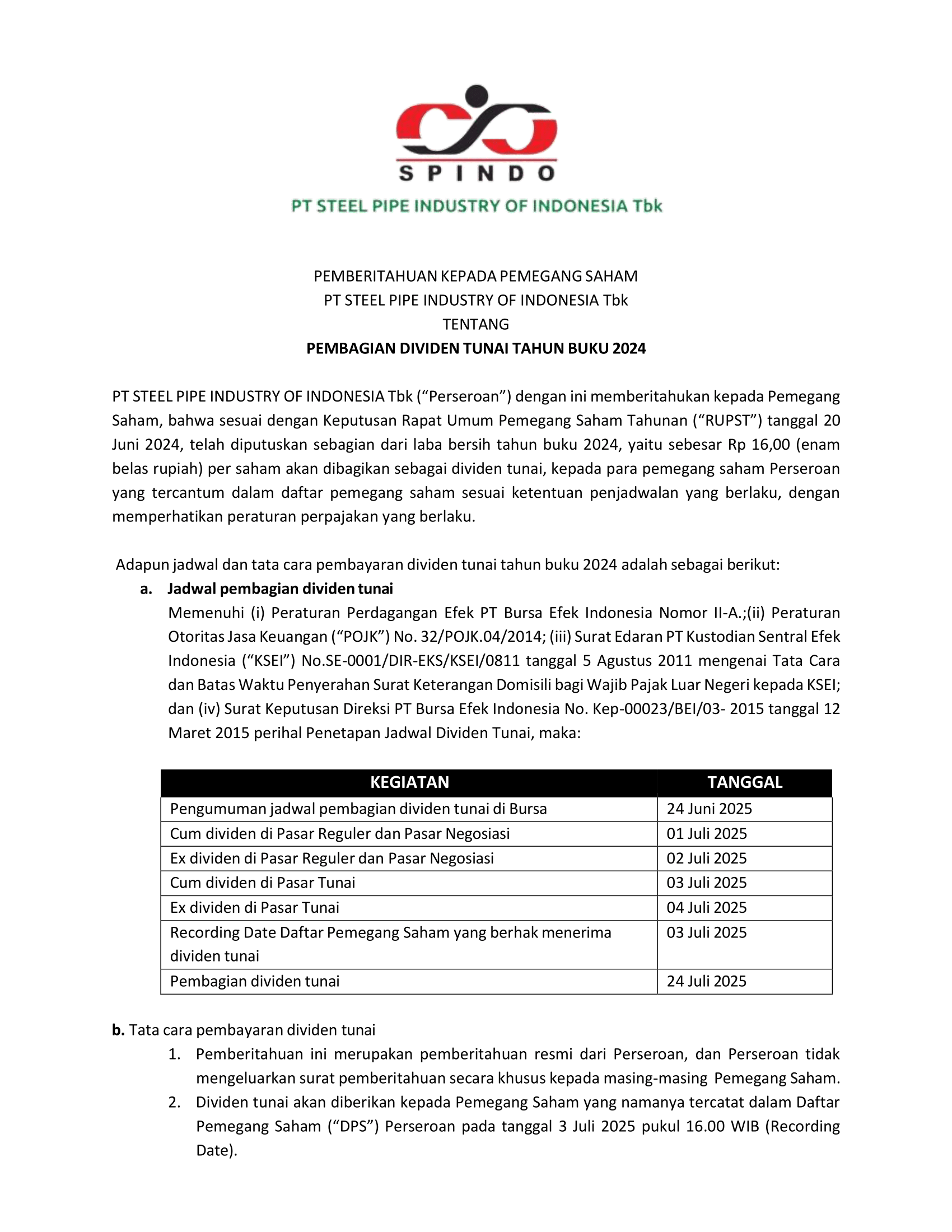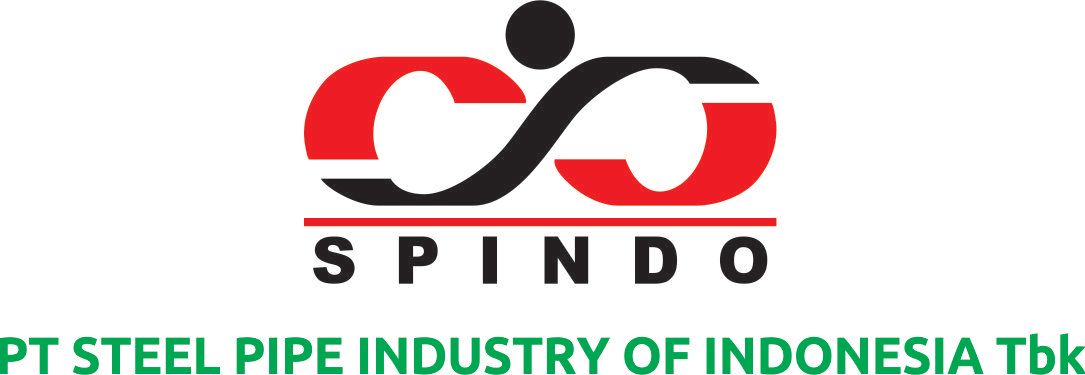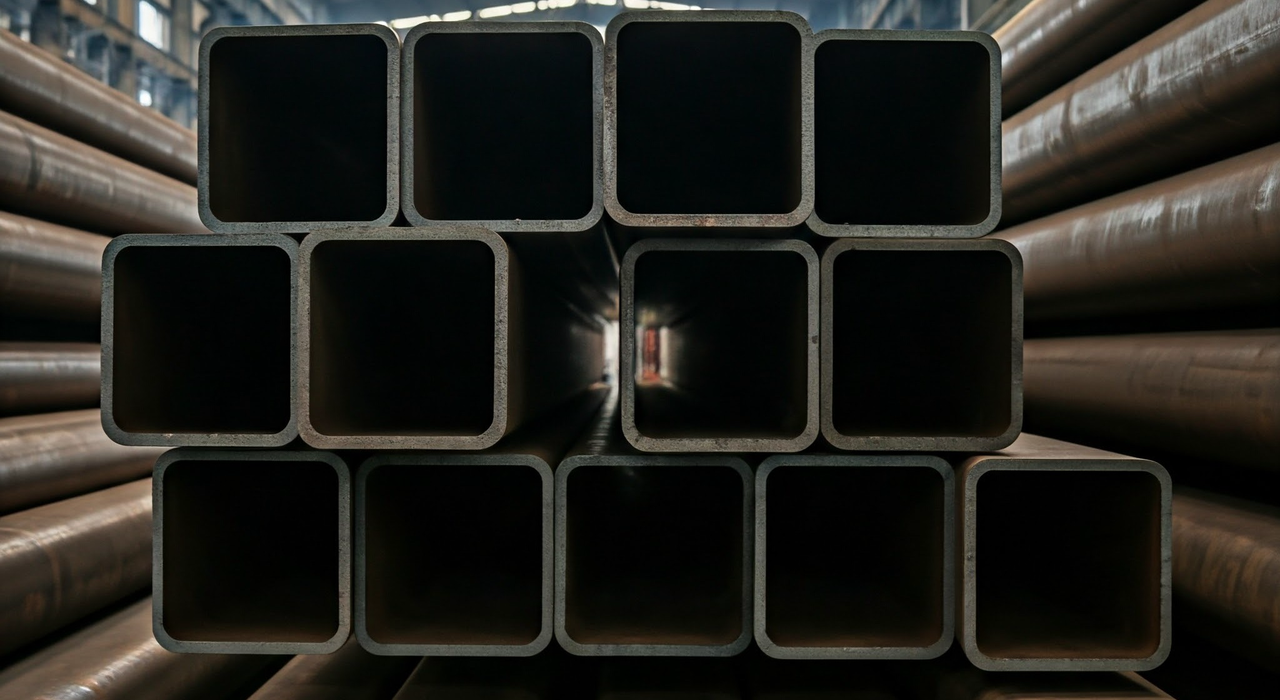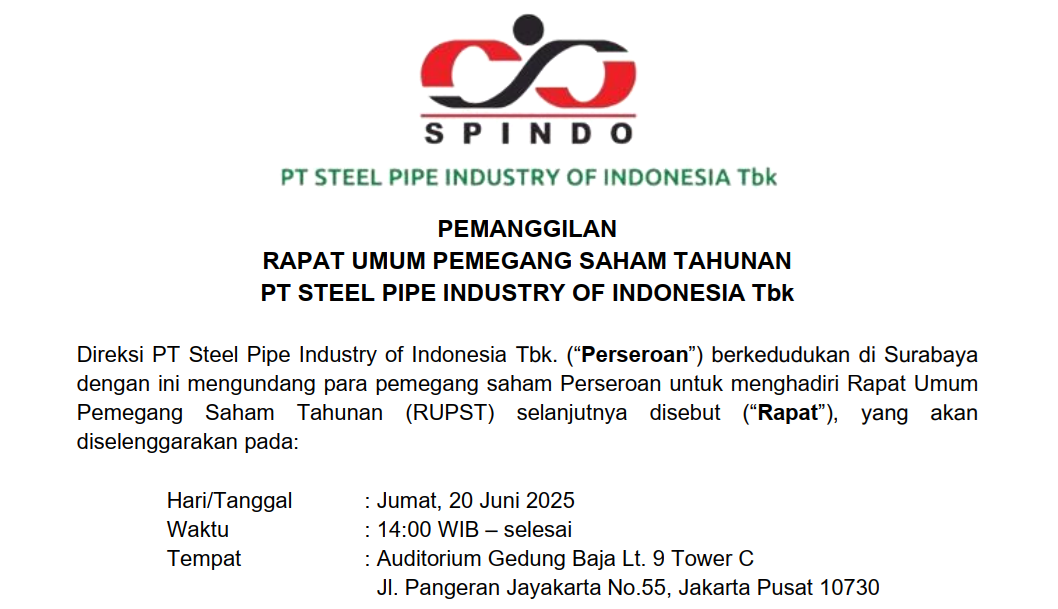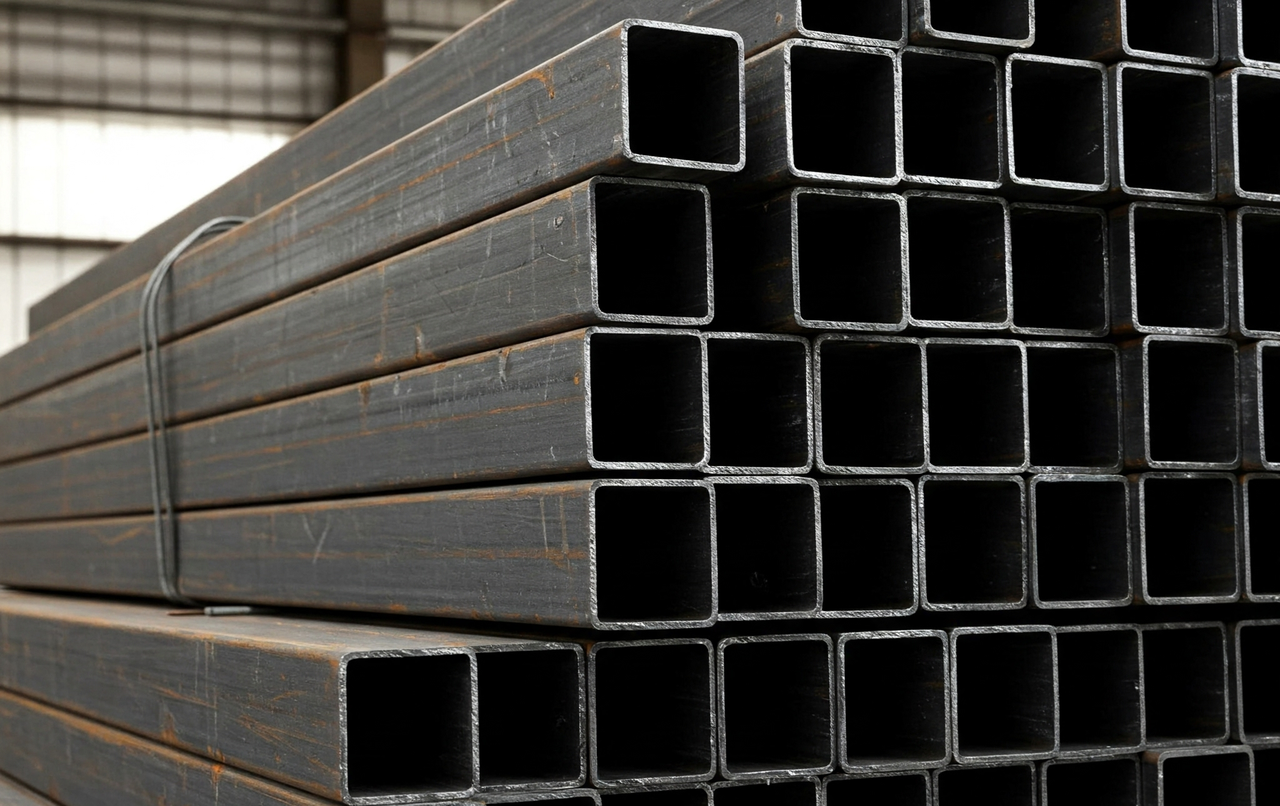304 Stainless Steel vs 316 Stainless Steel, which is more corrosion resistant?
Stainless steel is a very popular material in various industries due to its rust and corrosion resistant properties. However, not all stainless steel is created equal. There are two grades of stainless steel that are most commonly used in the industry, namely 304 and 316. While these two types share many similarities, there are some important differences, especially when it comes to corrosion resistance. This article will discuss the main differences between 304 stainless steel and 316 stainless steel, as well as explain which one is more resistant to corrosion.
Also read: Why Stainless Steel is the Top Choice for Industrial Equipment? Here's Why
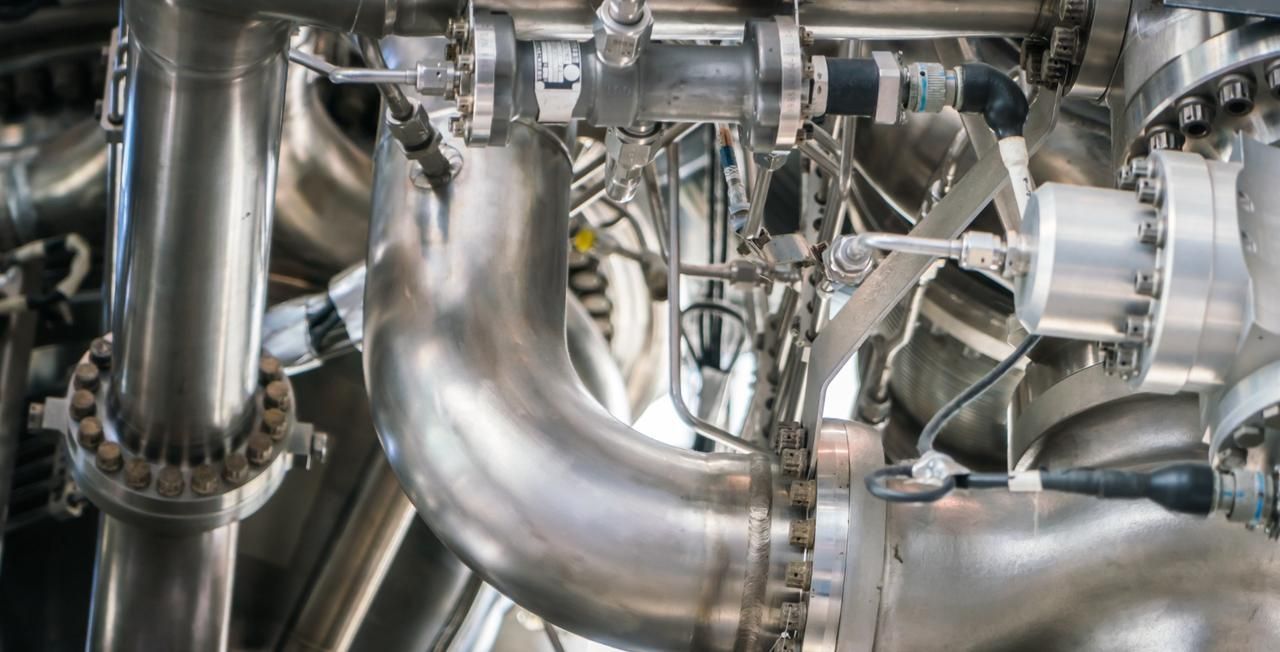
Difference between 304 stainless steel and 316 stainless steel
Chemical Composition
The main difference between 304 stainless steel and 316 stainless steel lies in their chemical composition.
- 304 Stainless Steel: Contains approximately 18% chromium and 8% nickel, as well as a small amount of carbon. This is why 304 is often referred to as 18/8 stainless steel.
- 316 Stainless Steel: Contains 16-18% chromium, 10-14% nickel, and 2-3% molybdenum. The presence of molybdenum is what gives 316 stainless steel additional resistance to corrosion.
Also read: Stainless Steel 304: A Complete Guide to Its Properties, Advantages, and Applications
Corrosion Resistance
304 stainless steel has excellent corrosion resistance in a wide range of environments. However, when faced with extreme conditions such as salt water or environments containing a lot of chlorides, its corrosion resistance may decrease. Therefore, 304 stainless steel is more suitable for use in applications where there is no excessive exposure to strong corrosive agen
3316 stainless steel, on the other hand, is designed to offer better resistance to corrosion, especially in harsher environments. The molybdenum contained in 316 stainless steel increases its resistance to pitting corrosion and crevice corrosion, which often occur in high-chloride environments such as seawater and swimming pools. For this reason, 316 stainless steel is often chosen for marine, medical, and pharmaceutical applications, where high corrosion resistance is essential.
Practical Applications
- 304 Stainless Steel: Commonly used in home appliances, kitchen equipment manufacturing, storage tanks, pipes, and various structural applications. It is an economical choice and provides good performance in many situations.
- 316 Stainless Steel: More often used in more specific and extreme applications such as the marine industry, medical equipment, pharmaceutical industry, and applications in aggressive chemical environments. Its superior resistance to corrosion makes it ideal for use in highly demanding conditions.
Which is more corrosion resistant?
In general, 316 stainless steel is the superior choice when it comes to corrosion resistance. This is especially true in harsh, chloride-containing environments. However, for everyday applications that are not exposed to extreme conditions, 304 stainless steel is usually sufficient and offers excellent performance at a lower cost.
Choosing between 304 stainless steel and 316 stainless steel depends on the specific needs of your application. If you are working in an environment exposed to chlorides or other corrosive agents, 316 stainless steel is the better choice. However, for general use where extreme corrosion resistance is not required, 304 stainless steel is sufficient and more economical. By understanding the differences and advantages of each stainless steel grade, you can make a more informed and efficient decision for the project.
For those of you who need 316 and 304 stainless steel for industrial needs, SPINDO is the right choice. SPINDO is a steel pipe manufacturer with the largest production capacity in Indonesia and is experienced in producing various kinds of steel pipes/tubes, including stainless steel. SPINDO offers two grades of stainless steel that can be used for various needs, ranging from ornamental tubes that are widely used for everyday equipment because they are very durable and corrosion resistant to industrial pipes that are suitable for use in the chemical industry.
SPINDO offers high quality steel pipes with product quality assurance at competitive prices. If you have any further questions or would like to place an order, please contact SPINDO by clicking the WhatsApp icon below.
